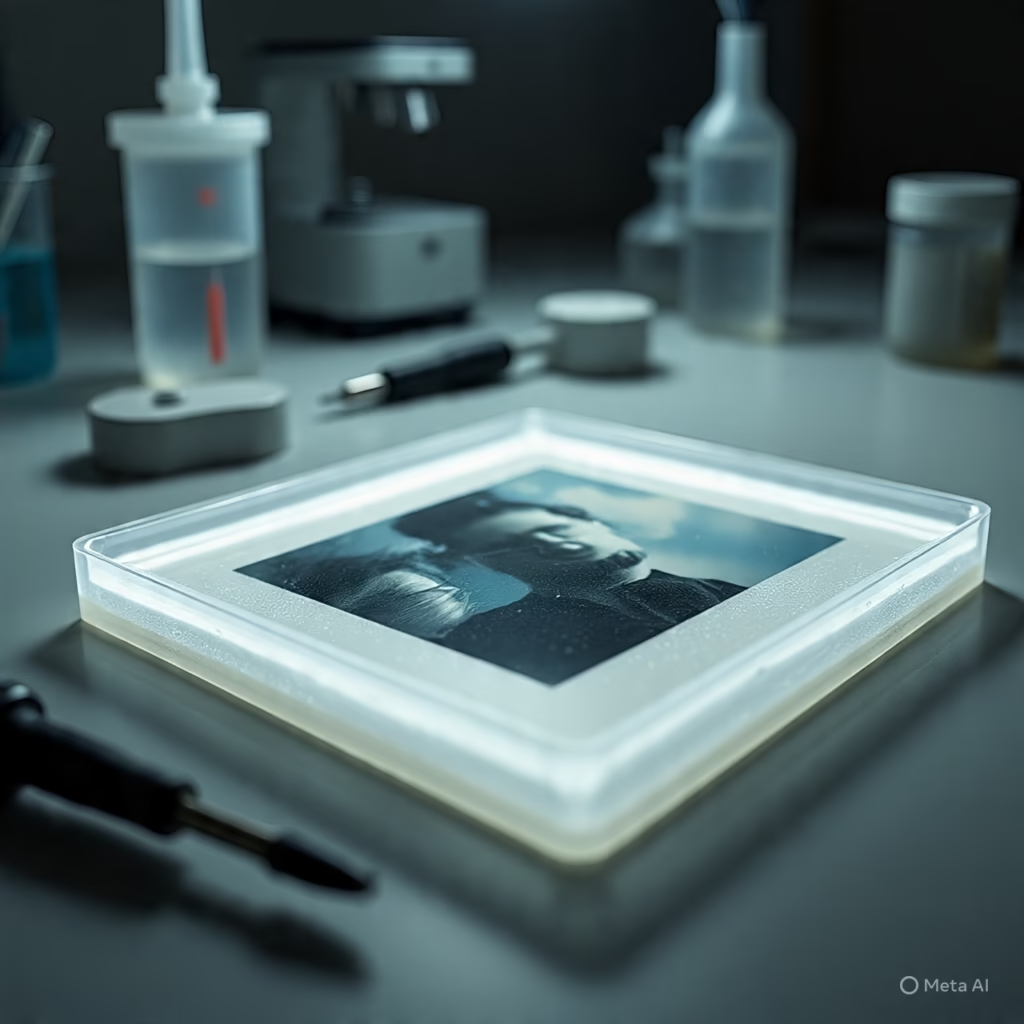
Turning Digital Twins into Resin
The rise of twins has revolutionized industries like manufacturing healthcare and automotive. But what if you could bring these virtual models into the physical world? That’s exactly what’s happening with digital twin technology combined with resin printing. In this blog, we’ll explore how twins can be translated into resin models and the impact this could have on product design, prototyping, and production in the coming years.
1. What Is a Digital Twin and Why Does It Matter?
A twin is a virtual replica of a physical object or system. It uses real-time data to simulate the object’s performance, predict its behavior, and optimize its operations. twins are already used in industries like manufacturing, automotive, and construction to improve product quality and efficiency.
By using sensors, IoT devices,
And advanced software, manufacturers create digital twins to track everything from equipment performance to product lifecycle. These models provide valuable insights that help in improving designs, preventing failures, and enhancing overall performance.
2. From Virtual to Physical Turning Digital Twins into Resin Models
In recent years, resin printing technology has taken significant strides forward. Thanks to the precision and versatility of resin-based 3D printing, it’s now possible to turn twin models into physical prototypes. By using resin as a medium, manufacturers can create highly detailed, accurate physical replicas of twins.
Resin 3D printing is especially
beneficial because it captures fine details and can create highly durable models, perfect for both prototyping and end-use applications. For example, in the automotive industry, twins of car parts can be printed in resin for testing and quality assurance before mass production.
3. Benefits of Using Resin for Digital Twin Prototypes
Turning digital twins into resin models offers several advantages. First, resin allows for high accuracy and detail, which is crucial for functional prototypes. Resin printing can produce models with intricate features that can’t always be achieved with traditional manufacturing techniques.
Another benefit is the speed. Resin printing can be much faster than conventional methods, allowing for quicker iterations and testing of designs. This speeds up the design-to-manufacturing process, which is critical in industries like aerospace and healthcare where precision and time are essential.
4. Applications in Manufacturing and Product Development
Resin models created from digital twins are being used across a range of industries, including:
- Automotive Industry: Testing new car parts before mass production.
- Healthcare: Creating custom prosthetics and medical devices based on digital twins of patients.
- Aerospace: Prototyping complex components and testing designs.
- Consumer Goods: Making personalized products based on designs.
For example, companies in the healthcare sector are using twin technology combined with resin 3D printing to create custom implants and prosthetics tailored to individual patients. This opens up new opportunities for personalized healthcare and improved patient outcomes.
http://👉 Internal link idea: [Check our list of trending neon resin projects for Gen Z]
Intelligence in Digital Twin to Resin Conversion
Artificial Intelligence (AI) is playing a key role in the evolution of twin technology. AI algorithms can analyze the data from twins and optimize the resin printing process by adjusting parameters like material composition, print speed, and layer resolution for better accuracy and efficiency.
In the future, AI-powered systems
will not only convert twins into resin models but also suggest design improvements based on performance simulations and real-time data. This integration of AI with twin technology will take product design and manufacturing to the next level.
6. Challenges and the Future of Resin Models from Digital Twins
While the potential is immense, there are challenges in translating digital twins into resin models. One of the key challenges is the scale of the model. Large digital twins, such as buildings or entire mechanical systems, may be difficult to replicate accurately with resin printing due to material limitations or printer size constraints.
However, advancements in large-format
3D printing and new resin formulations are addressing these challenges, making it possible to create larger and more durable resin models.
As technology progresses
, it’s expected that by 2025, resin models will become a standard in prototyping and low-volume production runs across various industries.
Conclusion The Future of Digital Twins in Resin Printing
The integration of twin technology with resin 3D printing represents a major leap forward for industries that require precision, customization, and fast prototyping. By turning virtual models into physical resin objects, companies can test products, reduce waste, and accelerate time-to-market.
http: Link to article on 3D printing challenges and solutions]
As the technology improves,
we can expect to see even more innovative applications, from custom healthcare solutions to advanced automotive and aerospace prototypes. The future is looking bright for twin-to-resin conversions, and this trend is one to watch as we head toward 2025.
http://Internal Link Placeholder: Explore the future of resin recycling]
For more on the latest trends in 3D printing and manufacturing technology, check out our articles on resin-based 3D printing and digital twins in design.
Suggested External Links:
Digital Twin Technology in Manufacturing
AI and 3D Printing Innovations
Let me know if you’d like any adjustments or further information!
Leave a Reply